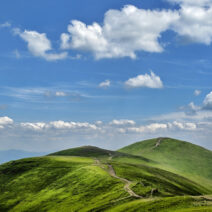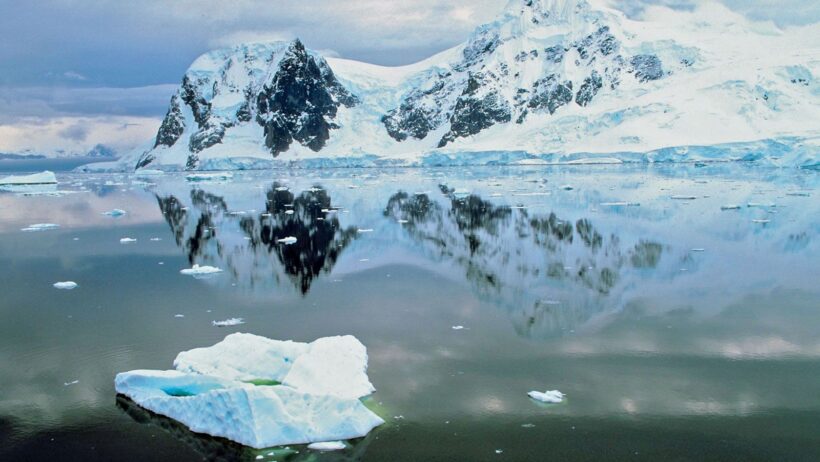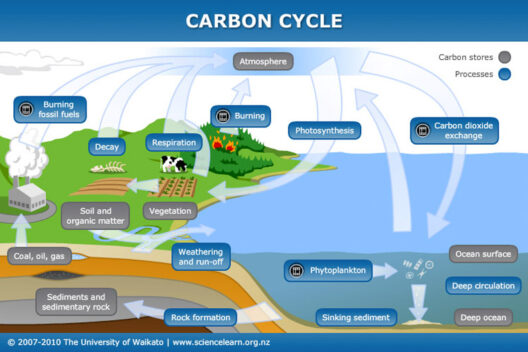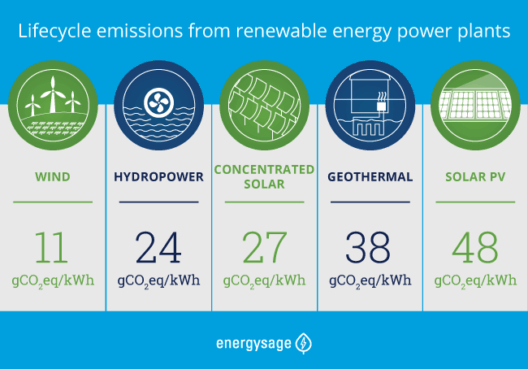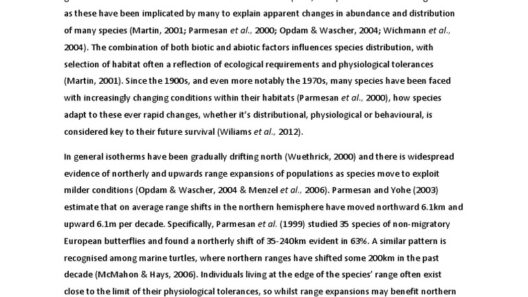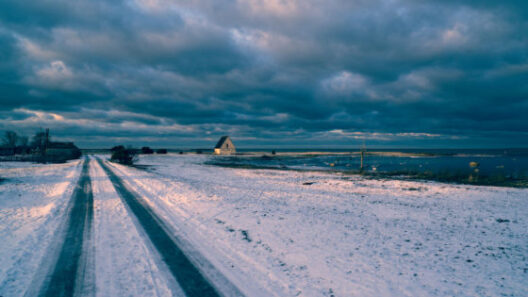Antarctica, often referred to as the “White Continent,” is a realm where nature exhibits its most formidable might, a wasteland of ice and snow that embodies the essence of extremes. It is a living testament to the forces of weather and climate, commanding awe and respect from those who dare to delve into its frosty embrace. The mere mention of Antarctica conjures images of glaciers calving into frigid waters, stark landscapes painted in shades of white and blue, and the uncanny silence that envelops its vastness. Yet, this seemingly inhospitable environment is a marvel of climatic phenomena, complex systems interwoven in a web of natural interactions that shape not only its own destiny, but also that of our planet.
Antarctica’s climate is one of the coldest on Earth, characterized by its icy desolation and relentless winds. Temperatures in the interior can plummet to a staggering -80 degrees Fahrenheit (-62 degrees Celsius), while coastal areas, albeit milder, remain ensconced in sub-zero conditions. The geography of the continent plays a pivotal role in its climate, with the towering Antarctic Plateau housing the planet’s most frigid places. In this land of stark contrasts, one can almost feel the breath of the earth itself—a frigid exhalation that leaves an indelible mark on the body and mind.
The unique appeal of Antarctica lies not only in its landscape but also in its climate, which showcases a remarkable dichotomy. While the interior may be a veritable frozen desert, the surrounding Southern Ocean pulsates with life. The waters teem with krill, a small crustacean that forms the backbone of the marine ecosystem, providing sustenance for penguins, seals, and whales alike. Herein lies an intriguing metaphor: Antarctica stands as both a barren wasteland and a cradle of life, symbolizing the exquisite balance that nature strives to maintain amidst the harshest conditions.
Seasonally, Antarctica experiences dramatic fluctuations that further enhance its climatic complexity. The austral summer, which lasts from October to February, welcomes the sun’s warmth, a fleeting gift that transforms the landscape. Temperatures can rise above freezing, leading to the melting of surface ice, a process integral to both the environment and global weather patterns. However, this temporary reprieve comes at a cost. With the sun illuminating the ice for nearly 24 hours a day, the delicate equilibrium of melting and refreezing threatens to tip, heralding the inexorable march of climate change.
The winter months, from March to September, shroud the continent in darkness, plunging it into a deep freeze. This is an unforgiving time, as the powerful katabatic winds—akin to a tempest contained within the hushed confines of a library—sweep down from the high plateaus, sending chills through the air at speeds that can reach up to 200 miles per hour (322 kilometers per hour). As these winds rage, they sculpt the landscape in eerie silence, creating towering ice formations that stand as monuments to nature’s artistry.
Beyond the superficial beauty of icebergs and glittering snowdrifts lies a stark reality: Antarctica is undergoing rapid changes as the planet warms. The average annual temperature is on the rise, shattering records previously thought to be immutable. Satellite imagery reveals disheartening patterns as colossal ice shelves, once considered permanent fixtures, disintegrate into the ocean, releasing fresh water into the sea and posing catastrophic risks to global sea levels. This ominous transformation serves as a clarion call, a warning resonating far beyond the continent’s icy shores.
The interconnectedness of Antarctica’s climate with global systems cannot be overstated. As ice melts, it contributes to rising ocean levels, engendering concerns for coastal communities worldwide. Moreover, the influx of fresh water disrupts ocean circulation patterns, which can aggravate weather extremes across the globe. The climate of this icy continent serves as a microcosm for broader environmental issues, a barometer of the health of the Earth itself. The metaphor of a canary in the coal mine comes to mind; Antarctica’s fate is intrinsically tied to our actions, and ignoring its plight is tantamount to turning a blind eye to our own future.
This interplay between humanity and nature beckons us to contemplate the implications of our choices. With every ounce of ice that slips into the sea, the narrative transforms from one of tranquil beauty to a saga of loss and urgency. As stewards of the planet, we are called to engage with the reality of climate change, advocating for policies and practices that safeguard not only the pristine landscapes of Antarctica but also the diverse ecosystems around the world. Collective action is imperative; understanding the intricate workings of Antarctic climate can inspire innovative solutions that resonate far beyond its frozen barriers.
In conclusion, the climate in Antarctica is a paradox—an unyielding force that underscores the fragility of life on Earth. It reveals the stark realities of a changing world, reminding us that the allure of its icy extremes is matched only by the responsibility we bear. As we gaze upon the shimmering icebergs and listen to the echoing silence of this remarkable continent, we must commit to protecting it, for in doing so, we safeguard the future of our planet. The White Continent is not merely a distant land; it is a cornerstone of Earth’s climate system, and its preservation is vital to the well-being of generations yet to come. In the pursuit of understanding, we find hope; in the embrace of action, we discover purpose.


